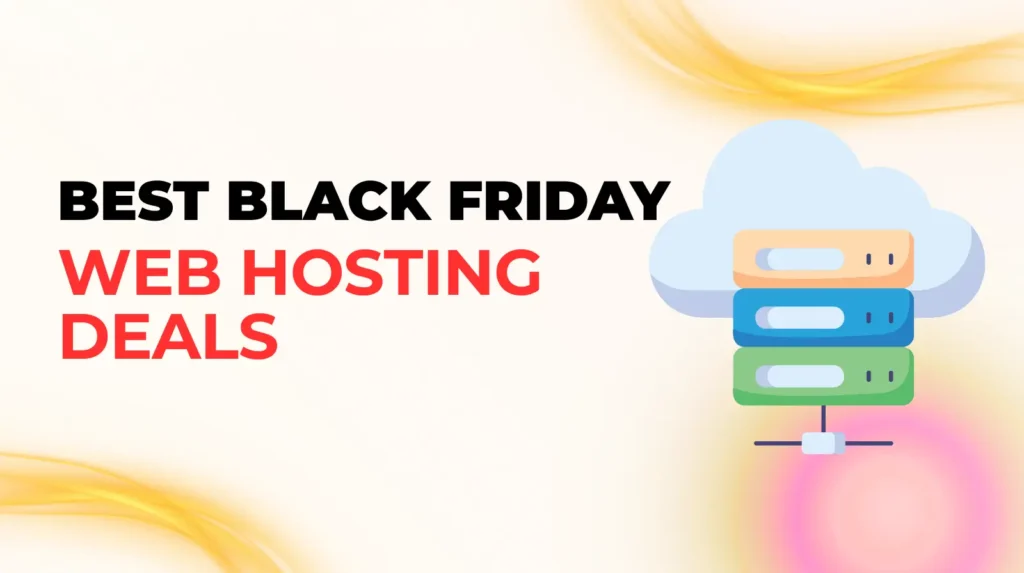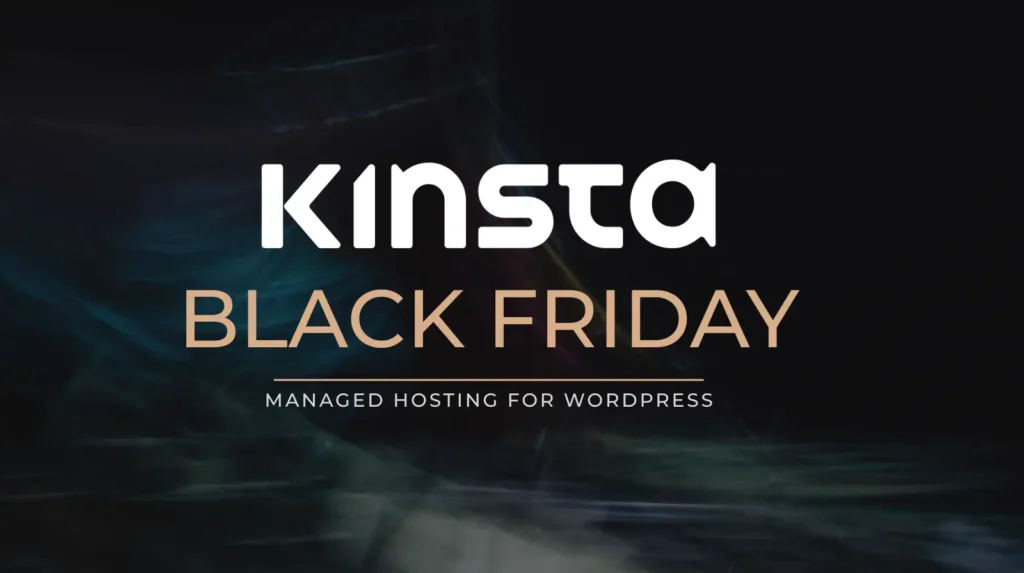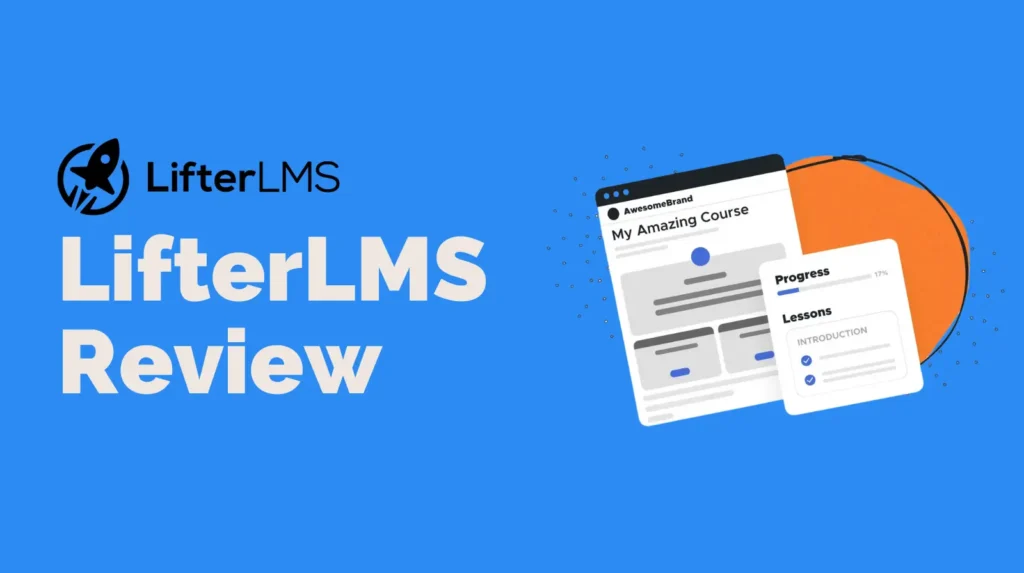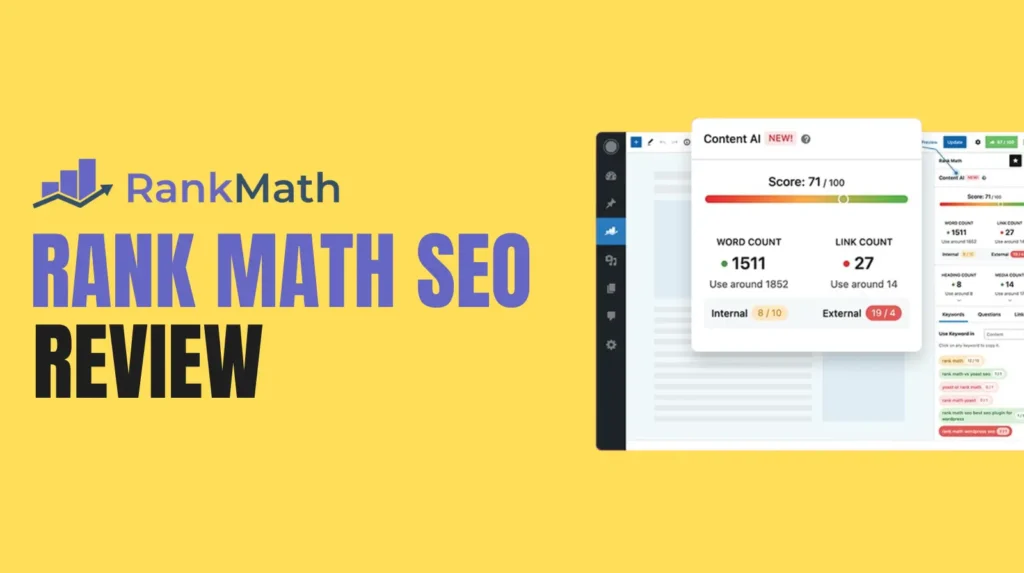Shopify is a leading all-in-one ecommerce platform that empowers entrepreneurs to build, manage, and grow an online store. Unlike open-source platforms like WordPress/WooCommerce which require separate hosting and technical maintenance, Shopify provides a fully hosted solution designed specifically for commerce.
It offers a comprehensive suite of tools for everyone from first-time sellers to enterprise-level brands, allowing you to sell products online through your website, across social media channels, and in-person with its integrated Point of Sale (POS) system.
But is it the right choice for your business in 2025? In this in-depth review, we’ll break down everything you need to know about selling on Shopify, including its features, updated pricing, pros, cons, and a step-by-step setup guide.
Shopify Pros and Cons (2025)
| Pros | Cons |
| Extremely User-Friendly: The intuitive dashboard makes it easy for beginners to set up and manage a store. | Transaction Fees: If you don’t use Shopify Payments, you’ll incur an extra fee on every sale. |
| Scalable & Reliable: Cloud-based hosting ensures excellent uptime, even during high-traffic events like Black Friday. | App Dependency: Advanced features often require paid monthly subscriptions to third-party apps. |
| Massive App Ecosystem: The Shopify App Store has thousands of apps to extend your store’s functionality. | Limited SEO Customization: Less control over URL structures and technical SEO compared to WooCommerce. |
| Beautiful, Mobile-Responsive Themes: Access to high-quality free and premium store designs. | Content Management is Basic: The built-in blog is functional but lacks the power of a dedicated CMS like WordPress. |
| Excellent 24/7 Support: Comprehensive support is available via chat, email, and phone. | Cost Can Add Up: The monthly subscription, theme costs, and app fees can become expensive as you grow. |
While Shopify’s ease of use is its main selling point, its true power lies in its scalability. We’ve seen clients start with the Basic plan and seamlessly grow into Shopify Plus users without ever needing to migrate platforms—a major advantage over competitors like Wix.
How to Set Up Your Shopify Store: A Step-by-Step Guide
Getting a Shopify store live is remarkably straightforward. During our test, we were able to go from sign-up to a launch-ready store in under an hour.

- Start Your Trial: Head to the Shopify website and sign up for their free trial. As of 2025, this is typically a 3-day free trial followed by a promotional period for $1/month for your first few months.
- Name Your Store: After entering your email and password, you’ll be prompted to name your store. This will generate your initial URL (e.g., your-store-name.myshopify.com), which you can later replace with a custom domain.
- Add Your Products: The dashboard makes this easy. Navigate to Products > Add produc
t. Here you can add titles, descriptions, high-quality images, pricing, and inventory details (SKUs, barcodes, etc.). - Choose a Theme: Go to Online Store > Themes. You can start with one of the 12 free, professionally designed themes like Dawn or Refresh. For more options, browse the Theme Store, which has over 170 premium themes.
- Customize Your Design: Use the drag-and-drop editor to customize your chosen theme. You can change colors, fonts, add your logo, and rearrange sections on your homepage without touching a single line of code. For advanced changes, Shopify provides full HTML/CSS access through its Liquid templating language.
- Set Up Payments: In Settings > Payments, activate Shopify Payments to accept major credit cards with the lowest possible transaction fees. You can also connect other gateways like PayPal, Stripe, and even cryptocurrency options.
- Configure Shipping & Taxes: Under Settings > Shipping and delivery, set up your shipping zones, rates (flat rate, free, or carrier-calculated), and packaging sizes. Shopify automatically calculates most sales tax rates based on your store’s address.
Core Shopify Features for Ecommerce Success
Shopify is more than just a website builder; it’s a complete commerce command center. Here are the core features that make it so powerful.
Comprehensive Admin Dashboard
The Shopify admin is your mission control. From here, you can:
- Track Orders: View and fulfill new orders, print shipping labels, and manage returns.
- Analyze Performance: Use the built-in analytics to monitor sales, top-performing products, and customer behavior. You can also easily integrate Google Analytics for deeper insights.
- Manage Customers: See customer profiles, order history, and create customer groups for targeted marketing.
- Monitor Live View: Get a real-time look at visitors on your site, seeing where they are coming from and what pages they’re viewing.

All-in-One Sales Channels
Shopify allows you to sell wherever your customers are. You can integrate your product catalog directly with:
- Social Media: Facebook, Instagram, Pinterest, and TikTok Shops.
- Marketplaces: Connect to giants like Amazon and Walmart.
- In-Person: Use Shopify POS hardware and software to unify your online and retail store inventory, sales, and customer data.
Built-in Marketing & SEO Tools
While not as robust as dedicated tools, Shopify provides a solid foundation for marketing:
- Shopify Email: An integrated email marketing tool that allows you to send up to 10,000 emails per month for free.
- Blog & Content Pages: You can create a blog and essential pages like “About Us” or “FAQ” to build your brand and attract organic traffic.
- SEO Basics: Shopify automatically generates a sitemap and allows you to edit meta titles, descriptions, and image alt-text.
Shopify Pricing Plans Explained
Shopify offers several pricing tiers designed for different business stages. It’s crucial to understand not just the monthly fee, but also the transaction fees associated with each plan.
(All pricing below is based on annual billing, which offers a 25% discount over monthly plans.
| Plan Name | Monthly Price (Billed Annually) | Online Credit Card Rate (Shopify Payments) | Per-Transaction Fee (Third-Party Gateway) | Best For |
| Basic | $29/month | 2.7% + 30¢ | 2.0% | New businesses and solopreneurs just starting out. |
| Shopify | $79/month | 2.5% + 30¢ | 1.0% | Growing businesses with increasing sales volume and reporting needs. |
| Advanced | $299/month | 2.2% + 30¢ | 0.6% | Scaling businesses that need advanced shipping and reporting features. |
| Shopify Plus | Starts at $2,500/month | Custom | Custom | High-volume, enterprise-level brands needing custom solutions. |
The biggest reason to upgrade from Basic to the Shopify plan is the reduction in transaction fees. Once your monthly sales volume is high enough, the 1% you save on fees can easily cover the difference in the plan’s monthly cost. Use a calculator to see when the upgrade makes financial sense for you.
Extending Functionality: The Shopify App Store
One of Shopify’s most significant advantages is its App Store, which features over 8,000 apps. Think of it like Apple’s App Store, but for your business. You can find an app for almost anything:

- Marketing: Advanced pop-ups, loyalty programs, and affiliate marketing.
- Store Design: Page builders, announcement bars, and image optimization.
- Sourcing & Selling: Dropshipping integrations (e.g., Spocket, DSers) and print-on-demand services.
- Customer Service: Live chat, helpdesks, and FAQ builders.
Warning: Be mindful of “app bloat.” While powerful, each app adds a monthly subscription cost and can potentially slow down your site. Choose your apps wisely and periodically review which ones are providing a positive ROI.
Expert Support: Is Shopify’s Customer Service Any Good?
From our experience, Shopify’s support is a major differentiator. They offer genuine 24/7 assistance through:
- Live Chat
- Email Support
- Phone Support
We tested their live chat support at 2 AM with a technical question about DNS records and were connected with a knowledgeable agent in under two minutes. Beyond direct support, Shopify also provides a massive library of resources, including the Shopify Help Center, a community forum, and the Shopify Learn platform, which offers free business and ecommerce courses.

FAQs on Shopify Review
What is the purpose of Shopify?
How much does Shopify cost you?
Is Shopify a reputable company?
Is Shopify suitable for newcomers?
Conclusion: Who Should Sell on Shopify?
Shopify has rightfully earned its place as a market leader. Its blend of user-friendliness, powerful features, and scalability makes it an outstanding choice for most ecommerce businesses.
- You should sell on Shopify if: You are a beginner, a direct-to-consumer (DTC) brand, a dropshipper, or an established business looking for a reliable, all-in-one platform that just works.
- You might consider alternatives if: You are on an extremely tight budget, require deep technical customization over your hosting environment (consider WooCommerce), or are primarily a content creator who also sells some products (consider Squarespace or Wix).
For the vast majority of aspiring and current entrepreneurs, Shopify is the best and most direct path to launching and growing a successful online store.








